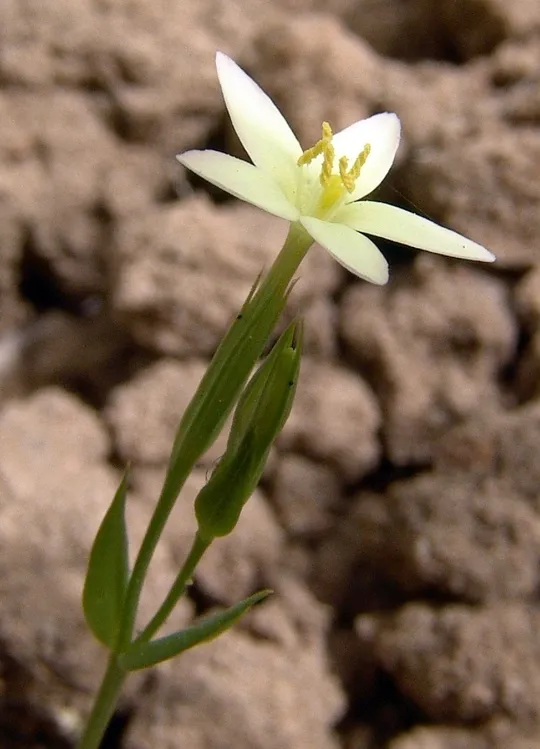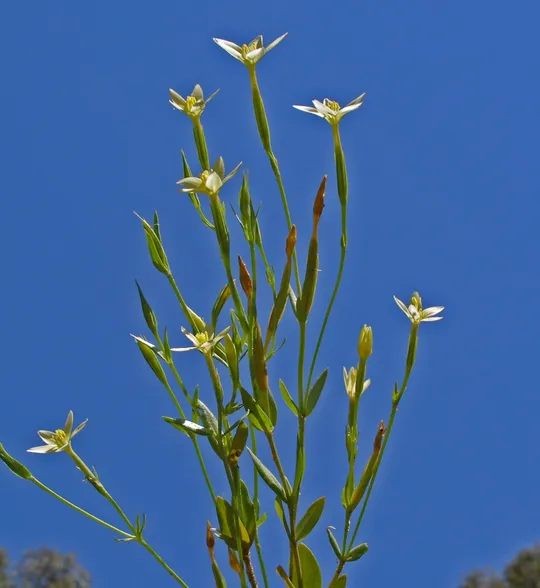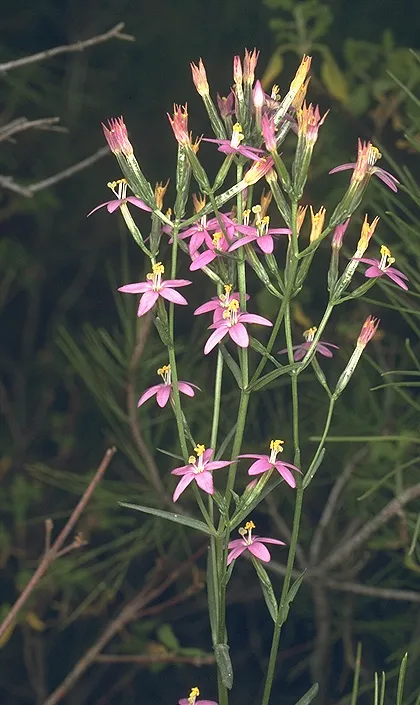Centaurium maritimum


Centaurium maritimum grows in the coastal plain in the Acre Valley, the
Carmel Coast, and the Sharon and Pleshet regions with certainty, on 16
documented sites, and it is estimated that there are about 25 sites. In the Acre
Valley, it is known from the Liman Reserve, the Betset Beach and from Kiryat Hayim.
On the Carmel Coast, it was in observed in Nahsholim and Ma’agan Mikhael. Most
of the sites are located in the Sharon: Ahu Binyamina, Ilanot, the Netanya area
(Sergeants Forest and the Iris reserve), Poleg, Tel Yitzhak, Harutsim, Ramat
HaKovesh, Hod HaSharon and Herzliya. In Pleshet it was first discovered by Shir
Vered in 1998, at Tel HaShomer.
Moist soils that are occasionally flooded during the
winter, on clayish loam.
The genus Centaurium
belongs to the Gentianaceae family that has 74 genera and 1200 species that are
found throughout the world, but particularly in temperate regions. The largest genus
in the Gentianaceae family is Gentiana, which has about 300 species,
many of which grow in mountainous areas. G. lutea is a medicinal herb
known for the bitter taste of all its parts. Gentian Violet, a dye used also as
an antiseptic for treating fungal and skin infections, is produced from the
blue flowers of G. pneumonanthe. The genus Centaurium has 30 species,
found mostly in the northern hemisphere. In Israel, in addition to the C. maritimum
another three species grow: C.
spicatum, C. erythraea
and C. tenuiflorum, especially on moist heavy
soils. Another species, C. malzacianum grows in the Sinai Peninsula.
·
Centaurium maritimum is found at only a few sites on the coastal plain.
·
C. maritimum population sizes
range from individual plants to tens and hundreds, in small patches.
·
The Coastal Plain (particularly the
Sharon), where C. maritimum sites are found,
is the region most affected by the decline in natural areas due to agricultural
and urban development. Most of the sites are located within densely settled
areas.
·
C. maritimum is protected in
the Liman Reserve and the other remaining sites are within the boundaries of
declared nature reserves, although some populations grow in urban nature parks
(like the Sergeants Forest in Netanya) or the proposed Netanya Iris Reserve.
C. maritimum is not endangered in most of
the Mediterranean Basin countries. Besides for Israel, it also appears in the
Red Book of Cyprus, and is classified as “Endangered" (EN) according to the
IUCN.
Ahu Binyamina should
be officially declared a nature reserve so that it can be protected from
grazing and from the spread of Eucalyptus trees. All the special habitats of
clayish loam remaining in the Sharon (e.g. Ilanot) should be located and preserved
as local reserves for Centaurium maritimum and other species characteristic of this
habitat, such as Linaria pelisseriana.
Centaurium maritimum is found in all
European countries bordering the Mediterranean and in the countries adjacent to
them: Spain, Portugal, France, Italy, and former Yugoslavian countries, Greece,
Albania, Bulgaria and Turkey. In the Mediterranean islands, it is found in the
Balearic Islands, Corsica, Sardinia, Sicily and Crete. It also grows in Morocco
and Algeria.
Centaurium maritimum is a rare annual plant typical of clayish loam and moist soils on
the coastal plain. In Israel, it is found at the southwestern edges of its range
in the Mediterranean countries. It is not globally endangered.
Current Occupancy Map
| 1000 squre meter pixel | 5000 squre meter pixel | 10000 squre meter pixel | |
|---|---|---|---|
| number of observations | 0 | 0 | 0 |
| in total pixels | 0 | 0 | 0 |
| Family | Gentianaceae |
| Classification | On the endangered species list |
| Ecosystem | Coastal Mediterranean |
| Chorotype | Mediterranean (Euro-Siberian) |
| Conservation Site | Ahu Binyamina |
| Rarity |
1
2
6
|
|---|---|
| Vulnerability |
0
4
4
|
| Attractiveness |
0
0
4
|
| Endemism |
0
0
4
|
| Red number |
1
3.7
10
|
| Peripherality | N |
| IUCN category | DD EW EX LC CR EN VU NT |
| Threat Definition according to the red book | Vulnerable |
 Based on:
Based on:






